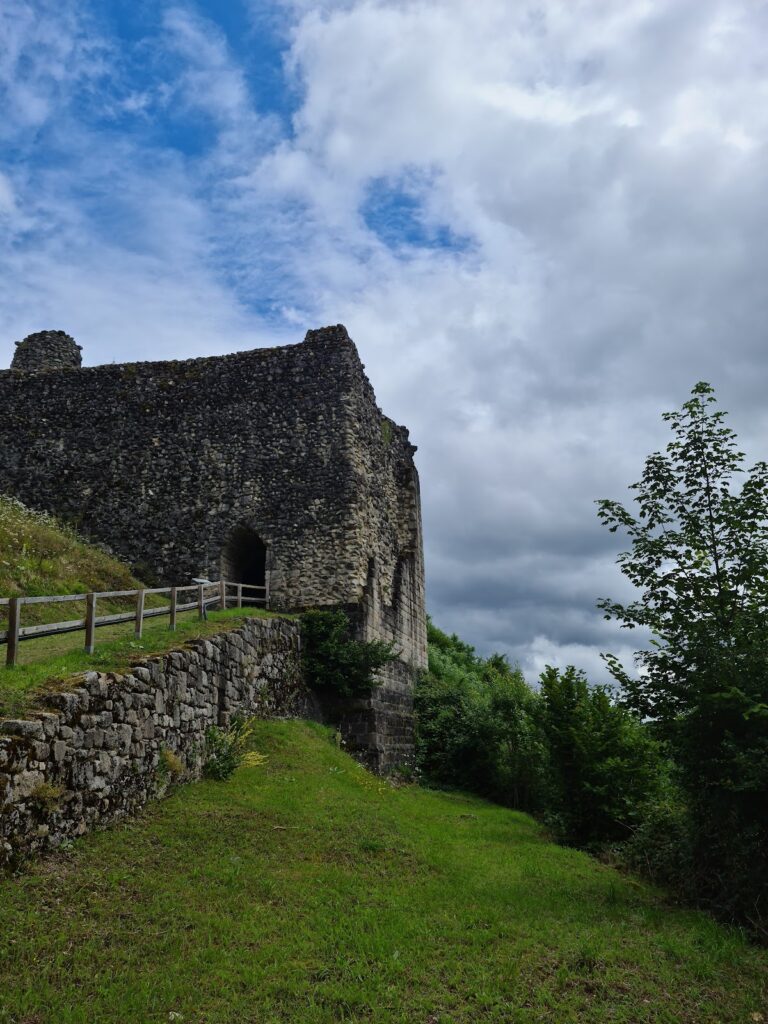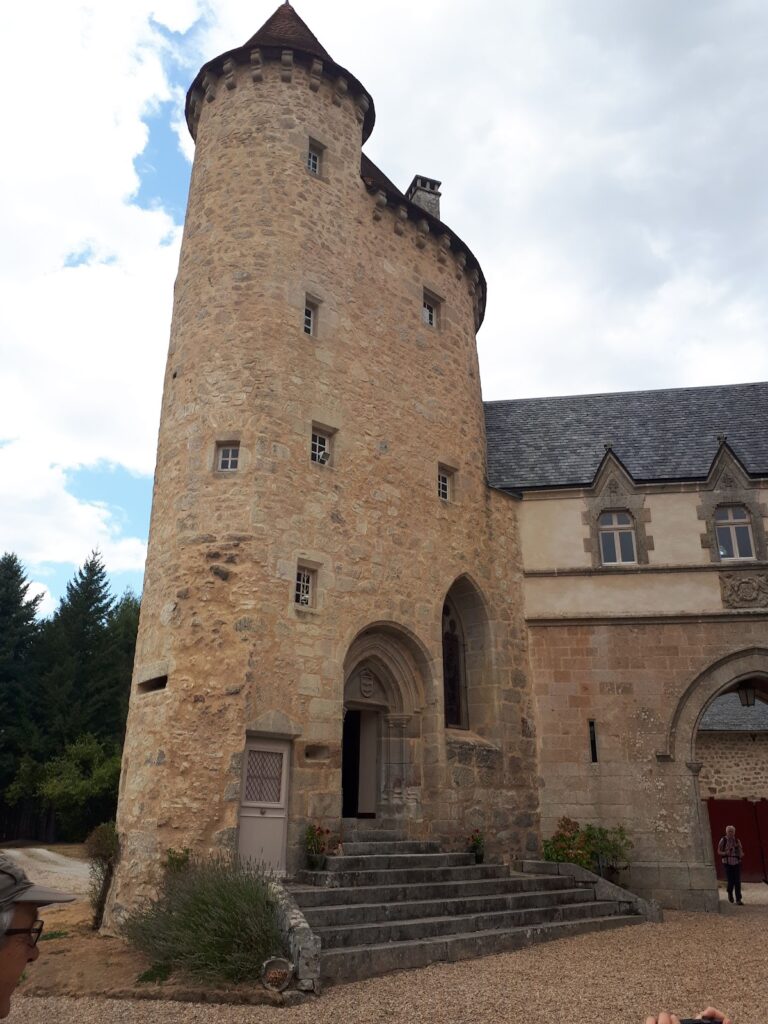Château de Ventadour: A Medieval Fortress in Moustier-Ventadour, France
Visitor Information
Google Rating: 4.5
Popularity: Low
Google Maps: View on Google Maps
Country: France
Civilization: Unclassified
Remains: Military
History
The Château de Ventadour is a medieval fortress located in the commune of Moustier-Ventadour, France. It was constructed by the French nobility during the medieval period as a strategic stronghold.
The castle’s origins date back to 1059–1060 when a son of Archambaud II, Viscount of Comborn, initiated its construction to consolidate control over the viscounty of Ventadour. This viscounty included important towns such as Égletons, Ussel, and Meymac. The fortress soon became closely linked to the Ventadour noble family, renowned for cultural patronage. One notable figure was Ebles II, known as “Lo Cantador,” who fostered troubadour Bernard de Ventadour, born around 1125 at the castle and educated in its refined courtly environment.
Throughout the 12th century, the Château de Ventadour faced military challenges. It withstood sieges by Henry II of England in 1182 and by Richard the Lionheart in 1198, both unsuccessful attempts to capture the stronghold. In the later Middle Ages, during the Hundred Years’ War, the fortress was seized in 1374 by the brigand Geoffroy Tête-Noire, who used it as a base for about eleven years to raid the surrounding lands.
In the 15th century, under Charles de Ventadour, the castle underwent significant enhancements. A new residence was constructed within the walls, reflecting changing living standards, and a military academy was established between 1450 and 1500 to train royal pages. This period marked a shift toward more comfortable accommodations alongside the existing defensive structures.
Ownership of the castle changed through marriage and inheritance in subsequent centuries. The Ventadour family’s holdings transferred to the Lévis family in 1472, then later to the Rohans in 1694, and eventually to the Princes of Condé in 1753. Under the Princes of Condé, the castle was neglected and fell into disrepair. During the French Revolution, the stronghold was ordered to be destroyed in 1793. It was sold in 1796 to a farrier and subsequently to a demolition contractor who stripped the castle of building materials. In 1804, a breach was made in the walls and an access path was created to facilitate stone removal.
The ruins entered a new phase of care in the 19th and 20th centuries. Madame d’Ambert de Lamazière acquired the site in 1829, using it for social gatherings. Later, in 1895, the ruins passed to the Lévis-Mirepoix family. Ultimately, the municipality of Moustier-Ventadour purchased the site in 1988, beginning efforts toward preservation and public accessibility.
Systematic archaeological excavations began in 1965 and continued intermittently into the early 21st century. These investigations focused on recovering the layout of the castle and its decorative features, concentrating especially on the north-eastern curtain wall and a barbican tower. Restoration and consolidation have been ongoing since the mid-20th century, aiming to stabilize the remains and reveal the castle’s historical character.
Remains
The Château de Ventadour is situated on a rocky plateau overlooking the Saulière valley, with its enclosure following the natural contours of this high ground. The area within the walls extends roughly 170 meters in length and 30 meters in width. This strategic location provided a commanding view of the surrounding landscape.
Today, visitors can observe portions of the defensive enceinte, or curtain wall, which delineated the fortress’s perimeter. These walls underwent several construction phases between the 12th and 15th centuries, with later work reinforcing them by increasing their height and thickness. Along the curtain wall, archaeologists identified a barbican tower, which served as an additional defensive structure guarding an entrance.
Within the enclosure, remains reveal traces of chapels and residential buildings once serving the lordly household. Excavations uncovered outlines of interior rooms featuring decorative elements, demonstrating the blend of comfort and defense in the castle’s design. Notably, a large round tower stands out among the ruins, a common feature in medieval fortifications for both lookout and defense.
A section of wall has been interpreted as part of a square keep, or donjon, indicating the stronghold’s central fortified keep where the lord and his close retinue would have taken refuge during attacks. The keep, alongside the other remaining structures, illustrates the castle’s long history of adaptation and enhancement.
The site’s condition is markedly ruinous due to centuries of neglect, demolition, and deliberate dismantling, especially following its destruction order in the late 18th century. In 1804, the creation of a new access path and an opening in the walls facilitated the removal of building stone, further fragmenting the original layout.
Despite its partial ruin, ongoing archaeological work and restoration since the 1960s have allowed scholars to reconstruct much of the castle’s original plan and to recover some decorative fragments of its lordly quarters. The terrain remains rugged, with access best made from Égletons because of steep and narrow roads from other directions. The Château de Ventadour stands as a powerful reminder of medieval fortification strategies and noble residence development across several centuries.










